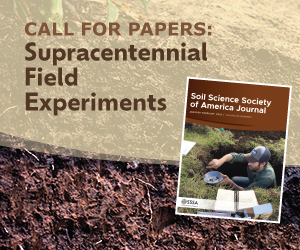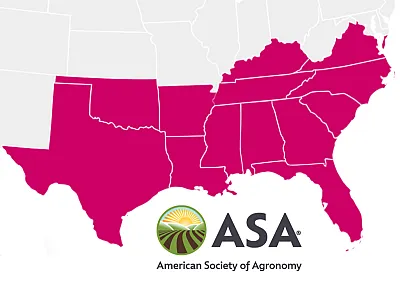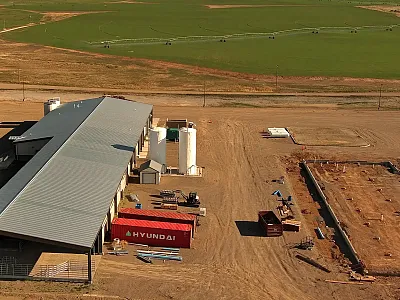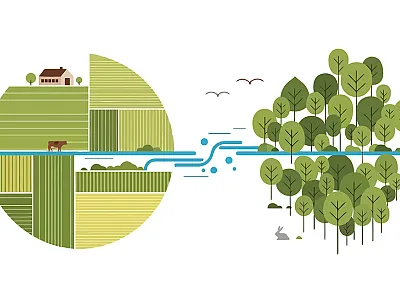Smarter nitrogen decisions for winter wheat
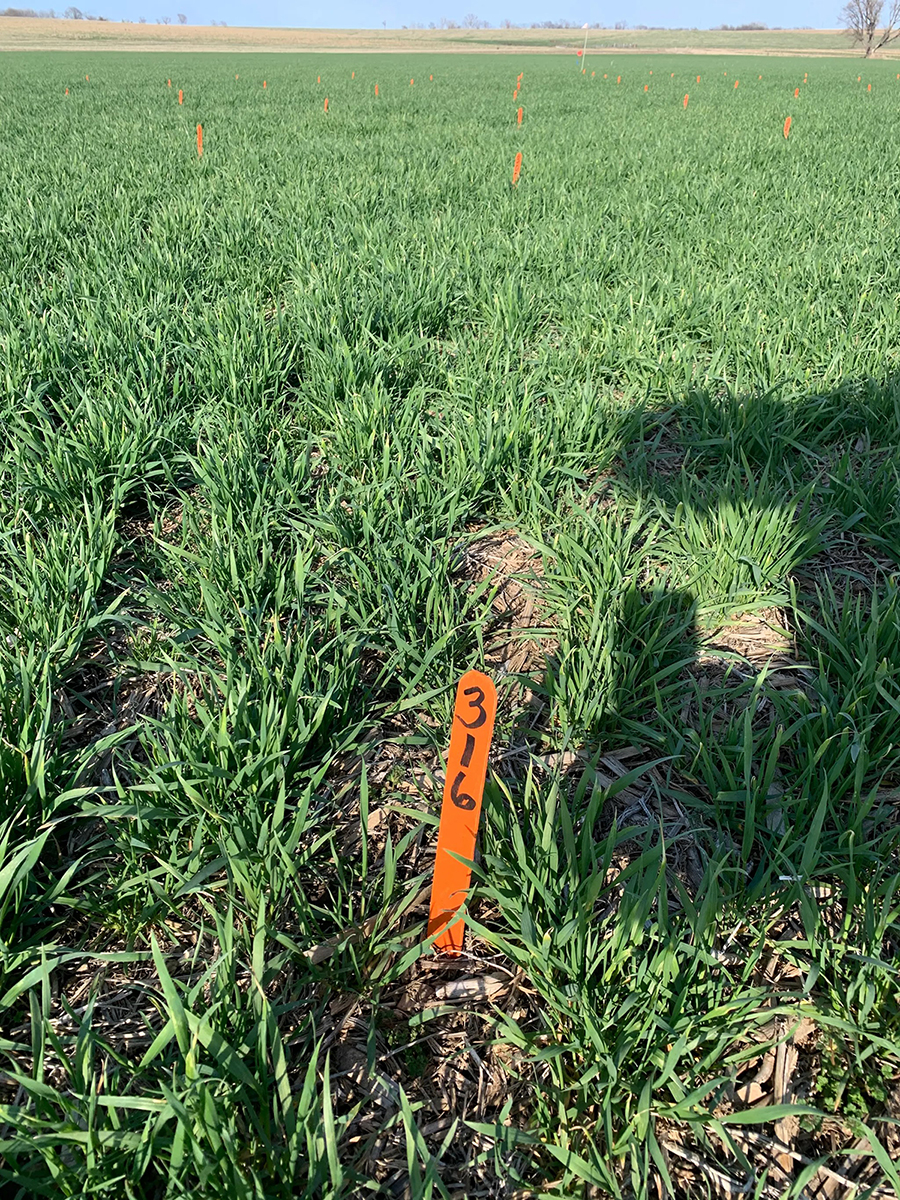
Efficient nitrogen (N) use in winter wheat is vital for both yield and environmental sustainability. Traditional, static, N recommendations, often based on decades-old models, may not reflect today’s climate, soil variability, and crop management practices.
This study evaluated how well both static and sensor-based (dynamic) N recommendation models predict the economic optimal N rate (EONR) for winter wheat. Across nine site-years in eastern Nebraska, the team compared five models using real field data from different landscape positions and years.
Results showed dynamic, sensor-driven models were up to three times more accurate than static ones, better matching the EONR across diverse conditions. The most effective sensor-based tool, based on the Holland and Schepers algorithm, predicted N needs within ±29 kg N ha⁻¹ of the observed EONR. Timing of N application had minimal effect on yield or protein, though later (spring) applications showed a slight advantage.
These findings suggest that in-season sensing tools can help fine-tune N applications for improved efficiency, yield, and protein content, supporting both farmer profits and sustainability goals.
Dig deeper
Pinto, J. C., Arnall, B., Mueller, N., Balboa, G. R., & Puntel, L. A. (2025). Evaluation of static and sensor-based nitrogen recommendation models for winter wheat. Agronomy Journal, 117, e70063. https://doi.org/10.1002/agj2.70063
Text © . The authors. CC BY-NC-ND 4.0. Except where otherwise noted, images are subject to copyright. Any reuse without express permission from the copyright owner is prohibited.




